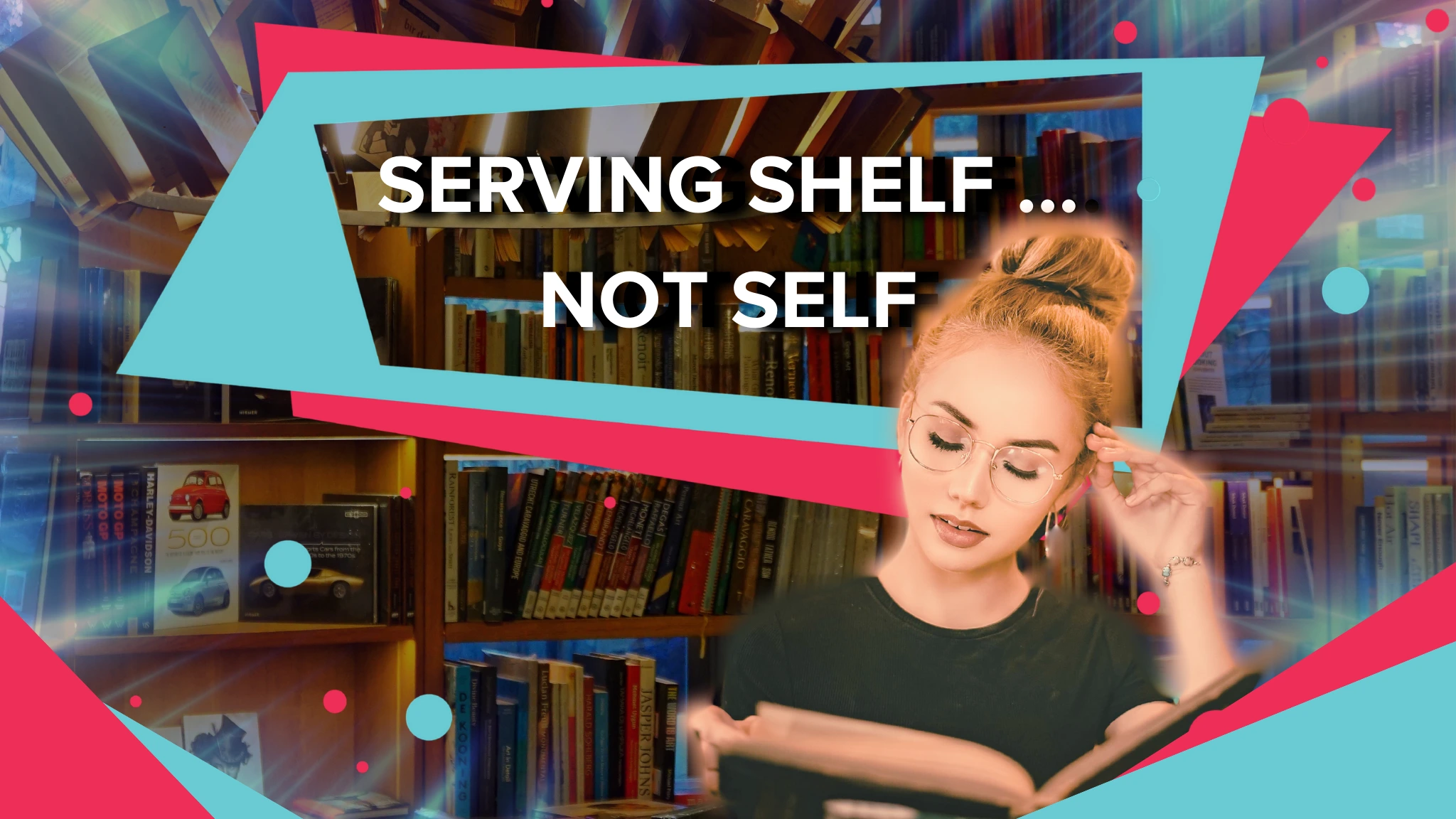BookTok has become one of the most powerful forces in publishing. Viral videos showcasing popular titles have pushed backlist books onto bestseller lists and turned debut authors into overnight successes. Yet behind the glossy shelfies and color-coordinated stacks, one question persists. Are people buying these books to read them, or simply to display them?
A Market Shift Driven by Aesthetics
Social media has transformed books into lifestyle objects. TikTok posts featuring artfully arranged paperbacks function as cultural currency, signaling taste and identity to viewers. Publishers credit BookTok for driving measurable sales spikes, but its influence now extends beyond reading habits into visual branding.
Industry analysts note that cover design, packaging and even spine color have taken on new importance. Bookstagram and BookTok users often curate collections based on how they look in photos rather than what’s inside. These platforms, once dominated by reviews and recommendations, now operate as visual showcases — more like Pinterest boards than literary discussions.
Evidence of a Reading Gap
Industry insiders report that viral BookTok titles sell quickly, sometimes in quantities exceeding typical regional demand. What remains unclear is how many of those books are actually read. Some readers openly acknowledge that their buying habits outpace their reading time.
Discussions on Reddit and other forums echo this pattern. One user commented, “5% at most. I’ve two separate hobbies: buying books and reading them.” This sentiment aligns with research into tsundoku — the Japanese term describing the accumulation of unread books.
Historical Context and Scale
Books have always served as symbols of intellect and cultural capital. In previous centuries, personal libraries reflected wealth and education. The modern difference lies in the pace and visibility of this symbolic signaling. In 2021, the U.S. saw 825 million print books sold — the highest annual total since records began in 2004. Industry analysts attribute a meaningful portion of that surge to the #BookTok community, which helped push both new and older titles into the spotlight.
Consider concrete examples: romance author Colleen Hoover’s It Ends With Us, originally published in 2016, soared to bestseller status in 2021 thanks to BookTok, driving over 770 000 copies sold in that year alone. In total, her BookTok–influenced sales climbed by an astonishing 661 % in 2022, amounting to 14.3 million books.
BookTok’s impact extends specifically to the resurgence of backlist titles. The Song of Achilles (2012) sold approximately 650,000 copies in 2021, while Adam Silvera’s They Both Die at the End (2017) sold about 685,000 copies that same year — both sales gains almost entirely thanks to BookTok exposure. According to the website WordsRated, BookTok accounted for about 20 million book sales in 2021 — over 2.4 % of total book sales that year — and in early 2022 alone, generated more than 2.2 million copies sold.
Internationally, BookTok’s reach is just as pronounced. In Canada, backlist titles published between 2014 and 2017 saw sales increase by an extraordinary 1,698% from July 2019 to June 2022. Titles published even earlier — over 11 years before 2020 — saw a 489 % increase.
Risks of Treating Books as Props
Publishing experts warn that when books are treated primarily as decorative objects, their deeper purpose is overshadowed. Collecting literature as an aesthetic statement is not inherently harmful, but it can reduce reading to performance rather than engagement.
Owning books has always carried social meaning, but social media accelerates and amplifies this dynamic. The carefully staged shelf photo may earn online validation, yet it says little about whether the owner has absorbed the ideas inside.
Why It Matters to the Industry
The BookTok effect has undeniably revitalized the book market. Sales of both classics and contemporary titles have surged, introducing younger readers to print culture and driving traffic back into physical bookstores. However, it also raises questions about sustainability. Will readers continue to purchase books at this pace if they are primarily seen as décor?
A 2023 Big Think article, What our shelves of unread books teach us about ourselves, highlights the psychology behind accumulating unread volumes. While this is not unique to TikTok culture, the platform’s viral speed magnifies the phenomenon.
Balancing Popularity and Purpose
BookTok has brought attention to literature in ways traditional marketing rarely achieves. It creates excitement around authors, builds communities of readers and has proven its ability to boost sales dramatically. Yet, this visibility also blurs the line between reading as a private pursuit and reading as a public performance.
The challenge now is to ensure that enthusiasm for books translates into genuine engagement with their content. Publishers, authors and readers alike may need to ask a simple question: Are these viral titles being bought to be read — or simply to be seen?




